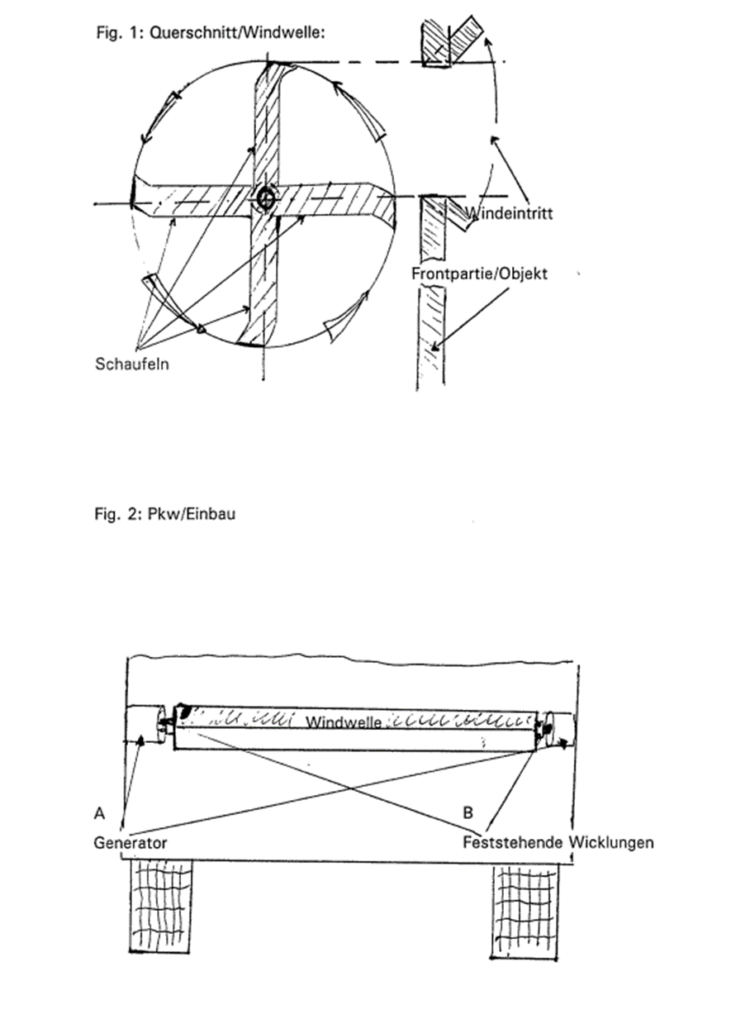16/11/2021
In the first post in this series, we had a quick look at some early solar cell patents. In this post we look at the icon of modern renewable technology, the wind turbine.
Simply put, wind turbines are machines designed to take the kinetic energy of the wind, and convert it into electricity. Wind turbines are incredibly popular for generating renewable energy due to their versatility; they can be utilised on large scales, for example in offshore wind farms, or on the small scale, for example to power individual street signs. The Organisation for Economic Co-operation and Development (OECD) associates wind turbine technology with cooperative patent classification (CPC) code Y02E10/70. Europe has seen enormous growth in this technology sector in the past few decades, as shown by the increasing number of patent applications filed in this area. Between 1990 and 2010, the annual number of European patent applications assigned this CPC code increased 18-fold.
The basic idea of extracting useful energy from the wind dates back thousands of years, to the first sailboats. Windmills capable of grinding grain are known to have existed as early as the 9th century. However, the first machine capable of using wind power to generate electricity was built in 1887 by Professor James Blyth.
As one might expect, patent filings were not far behind. British patent application GB189321510A was filed by Ridley James Urquhart in 1893. The application discusses the use of a compound propeller as “wheel for wind motors or mills”, and was capable of turning in order to face the direction of the wind.

As time has gone on, wind turbine technology has developed and matured. Some of the developments have proven to be more popular than others, however.
One problem surrounding modern wind turbines is the inability to generate electricity during high wind speeds. High wind speeds can lead to turbine damage, meaning wind turbines must often be shut down, leaving them unable to utilise the opportunity to generate electricity. One attempt to address this problem is found in Swiss patent application CH241186A, filed by Germaine Van Der Veken in 1989. CH241186A displays six branches of wind turbines at different altitudes, all attached to a single central stem. Van Der Veken purports that the advantage of such an arrangement is that “Wind turbines at different altitudes can be engaged either individually or in stages, so that when high-altitude winds attain dangerous velocities the lower-level turbines may continue in operation.”

Other developments have looked at attaching wind turbines to vehicles. This possibility is considered in German patent application DE19708624A, filed by Harald Lorek in 1997, which details a wind turbine that can be attached to a vehicle such as a car, train, or some form of aircraft. Similar designs have been the subject of serious research over the years (see Wind Powered Cars | The Renewable Energy Hub).

The Global Wind Energy Council have estimated that wind turbine technology could provide up to 30% of the world’s electricity supply by 2050, up from 3% in 2014. Therefore, whilst the exact future of wind turbine designs is still unknown, it is clear that wind turbine technology will play an increasingly important role in the world economy as governments seek to divest from fossil fuels.
This article is for general information only. Its content is not a statement of the law on any subject and does not constitute advice. Please contact Reddie & Grose LLP for advice before taking any action in reliance on it.


